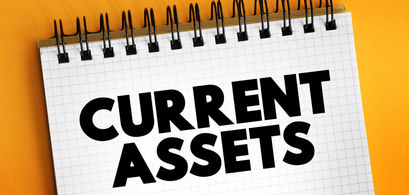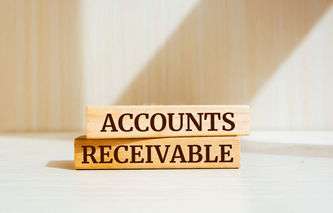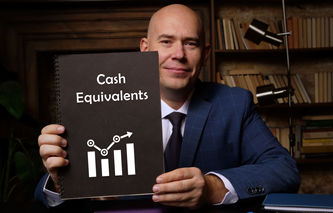Definition
The financial accounting term current assets is generally defined as cash and other assets that can be converted into cash within one year or one operating cycle, whichever is longer. Current assets are a subcategory of assets, which appear on a company's balance sheet.
Explanation
The line items included in current assets are usually listed in order of their liquidity. The items typically appearing in the category of current assets include: cash, marketable securities, accounts receivable, inventories, and prepaid items.
As a rule, current assets can be turned into cash, and used to pay a current liability within one year. As such, they are an important resource since they are often used to finance the day-to-day operation of a business.







.png)
